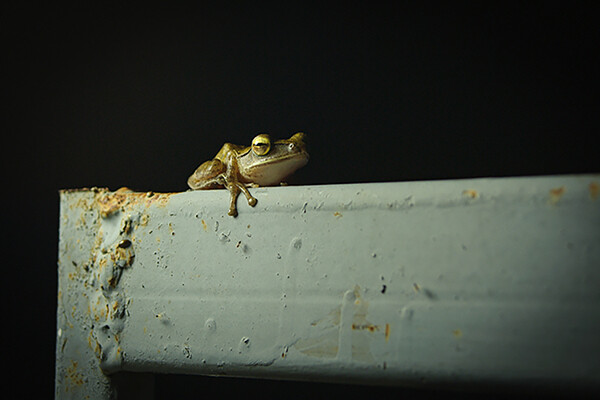
The report notes that declining biodiversity takes a toll not only on the species directly affected, but also on human livelihoods and health.

The report notes that declining biodiversity takes a toll not only on the species directly affected, but also on human livelihoods and health.
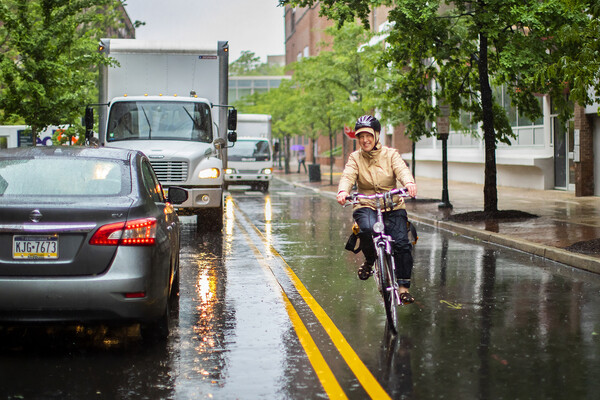
Karen Wisnia rides to her Penn Medicine office rain or shine, a waterproof bag being a crucial piece of gear. (Photo: Eric Sucar)
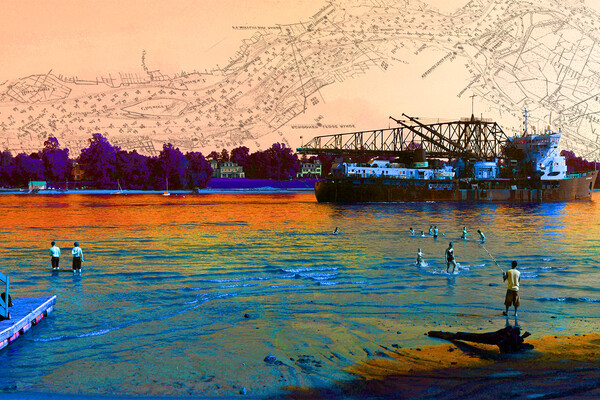
In works like “Memorial Day on the Delaware,” artist Roderick Coover blends natural, industrial, and historical imagery to convey a sense of place and experience. (Image: ©Roderick Coover)
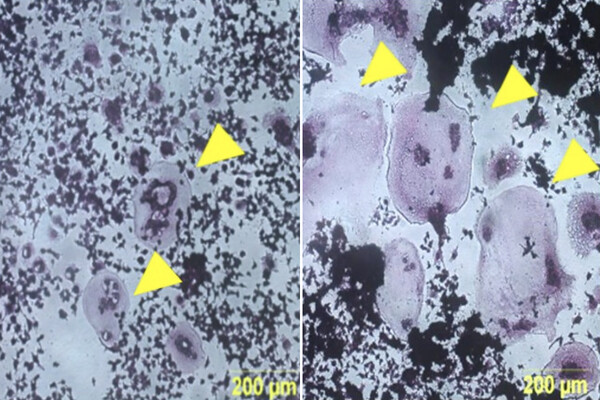
Mitochondrial damage is linked to the bone degradation seen in osteoporosis, according to Penn Vet researchers. Macrophages, a type of immune cell, that had dysfunctional mitochondria (right) were more likely to become osteoclasts—cells that break down bone—than control macrophages (left). (Image: Courtesy of Avadhani Lab)
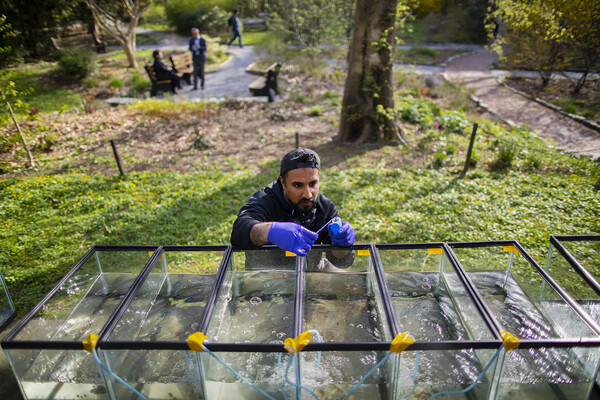
Senior Ahsen Kayani checks on the tanks, set up alongside the BioPond.

With a precise, controlled movement, microrobots clear a glass plate of a biofilm in this time-lapse sequence.
(Image: Geelsu Hwang and Edward Steager)
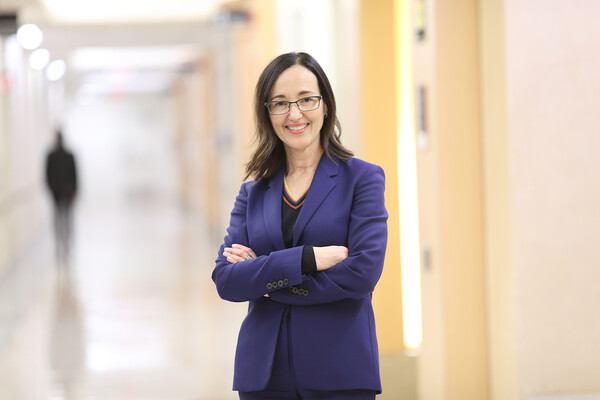
Patricia Corby has joined Penn Dental Medicine with a eye toward advancing clinical research at the School.
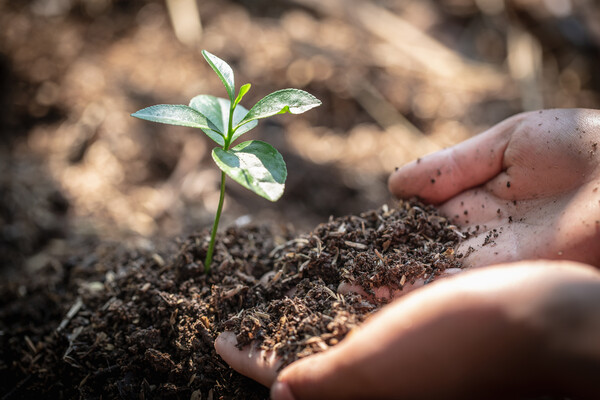
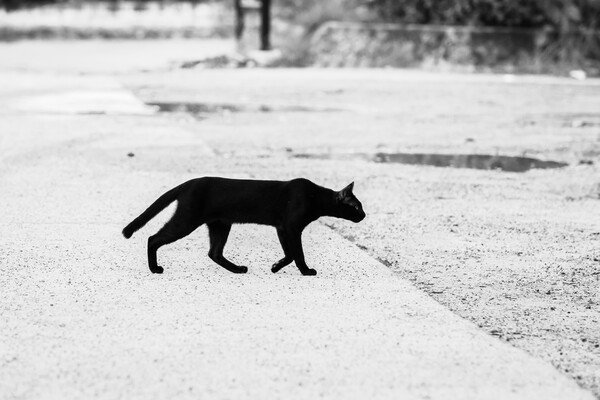
Do you change direction when you see a black cat approaching? A game theory-driven model developed by two theoretical biologists at Penn shows how such superstitions can catch on.
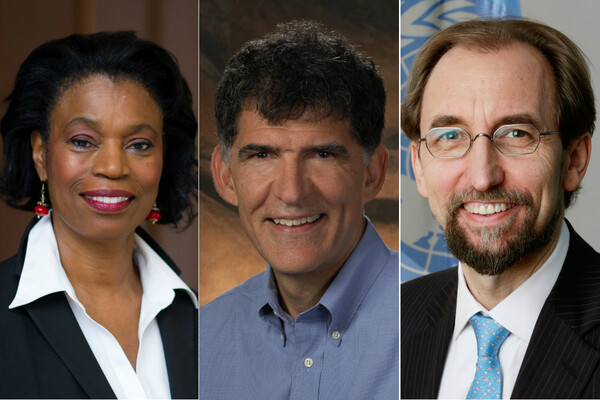
Penn's Anita L. Allen, Daniel J. Rader, and Zeid Ra'ad Al Hussein are among more than 200 newly elected members of the American Academy of Arts and Sciences.